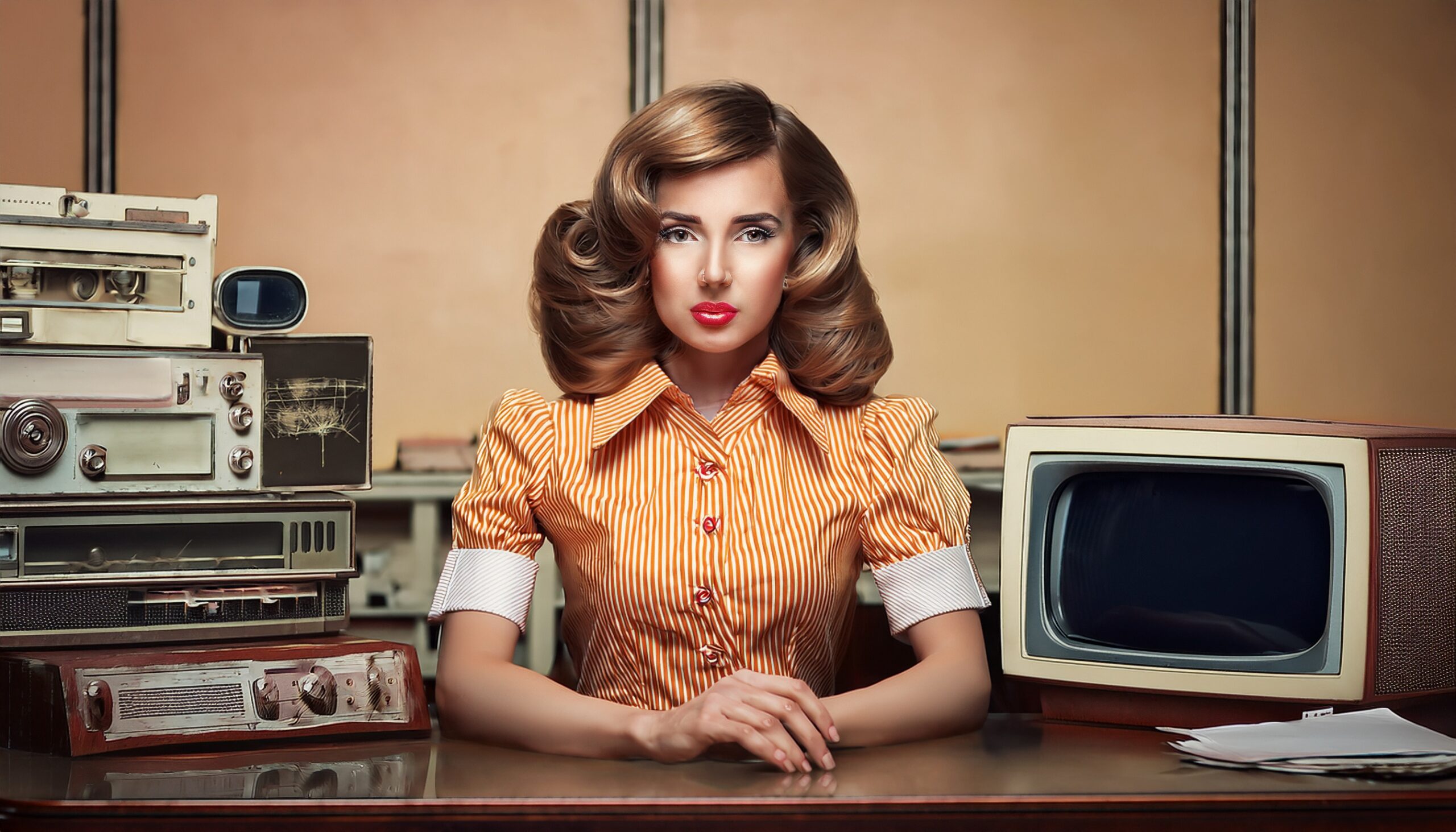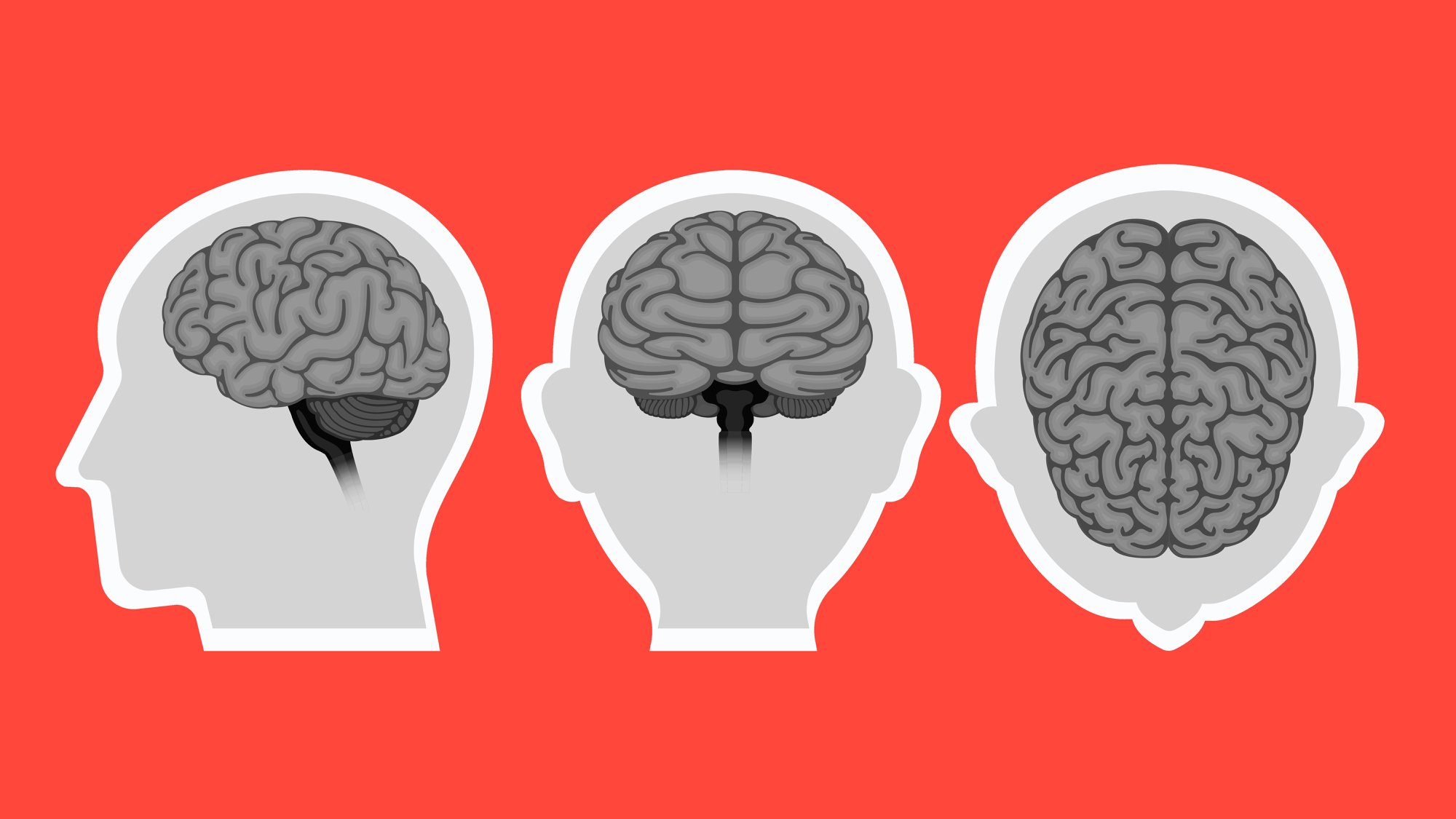The Human Touch: Fostering trust in an AI-powered creative landscape

Artificial intelligence (AI) has emerged as a powerful tool in the creative industry, reshaping how we conceptualise, produce, and deliver creative work.
At The Team, we’ve trialled and tested AI in a variety of use cases, mostly with success (and surprise at times), we still believe that human oversight remains crucial to the creative process.
The integration of AI into creative processes has undoubtedly expanded our collective creative capabilities. From generating initial concepts and optimising workflows to casting in comms campaigns, AI has become an invaluable assistant.
As we yield autonomy to this intelligent assistant, an interesting question arises around what the use of AI means for the notion of trust.
So how do we maintain and foster trust in an industry where machines are playing an increasingly significant role?The answer, we believe, lies in emphasising and leveraging human agency.
It means having values-led, intelligent creatives managing the various AI tools, just as they would use other tools – be they cultural inspiration, previous design, data, experience, research … you get the picture.
While large language models can process vast amounts of data, generate countless iterations, and more readily access “other” frames of reference for potential relevance, they still lacks the nuanced understanding of human emotions, cultural contexts, and ethical considerations that feel essential in creative work.
This is where human creativity, intuition, and judgment become paramount.
The creative’s role is changing
As creatives, our role is evolving rapidly.
We’re no longer just creators; we’re becoming curators and interpreters of AI-generated content.
We provide the critical human touch that ensures AI-assisted work resonates with audiences on a deeper, more meaningful level.
By actively steering the creative process, we can infuse AI outputs with authenticity, empathy, and purpose – elements that are quintessentially, and positively, human.
And let’s not forget transparency in our use of AI – it is absolutely crucial for building trust.
We must be open about when (and how) we use AI in our creative processes.
This honesty not only demystifies AI for our clients, but also highlights the value of human expertise in managing and refining AI-generated content.
For example, this article has been informed by AI searches on the topic.
It’s a peculiar one though … prior to using AI, when I’ve penned a thought piece, I’ve never declared “I used Google to explore this topic”.
I have, however, cited any research, or other people’s thinking when pulling together my own writing.
So in that sense, it seems we’re collectively associating AI more as its own content creator, rather than a large database.
Education plays a vital role too.
Both educating ourselves – deliberately questioning whether we’re happy with the roles we are inviting it to play – and also sharing our perspective and learnings with our clients and the wider public to help them with their understanding.
By fostering this understanding, we can hopefully create an environment where AI is seen as a tool that enhances human creativity, though not without its reservations and drawbacks.
Ultimately, the key to fostering trust in an AI-powered creative landscape is to view AI as a collaborator rather than a replacement.
In some scenarios, this collaboration comes higher up the creative funnel – providing an additional source of information, potentially leveraging a huge data pool, if asked the right questions.
In other scenarios, this collaboration might take the form of co-thinker … a fellow problem solver, again leveraging a huge data pool of problems which have been solved previously.
Or perhaps the majority of scenarios will take the form of creative execution – whereby we leverage the intelligence of AI machines to create the assets we specifically imagine.
But by asserting our human agency – our ability to make conscious decisions, to empathise, to understand context, and to take responsibility for the final creative output – we create a synergy between human ingenuity and machine efficiency.
In this new era, the most successful creative endeavors will be those that harness the power of AI while celebrating the irreplaceable value of human creativity and human kindness.
As we continue to push the boundaries of what’s possible, let’s ensure that at the heart of every creative work is a human touch – a touch which, if nurtured correctly, is engineered to build trust, create connections, and bring ideas to life in ways that resonate deeply with those around who share the same human experience.





